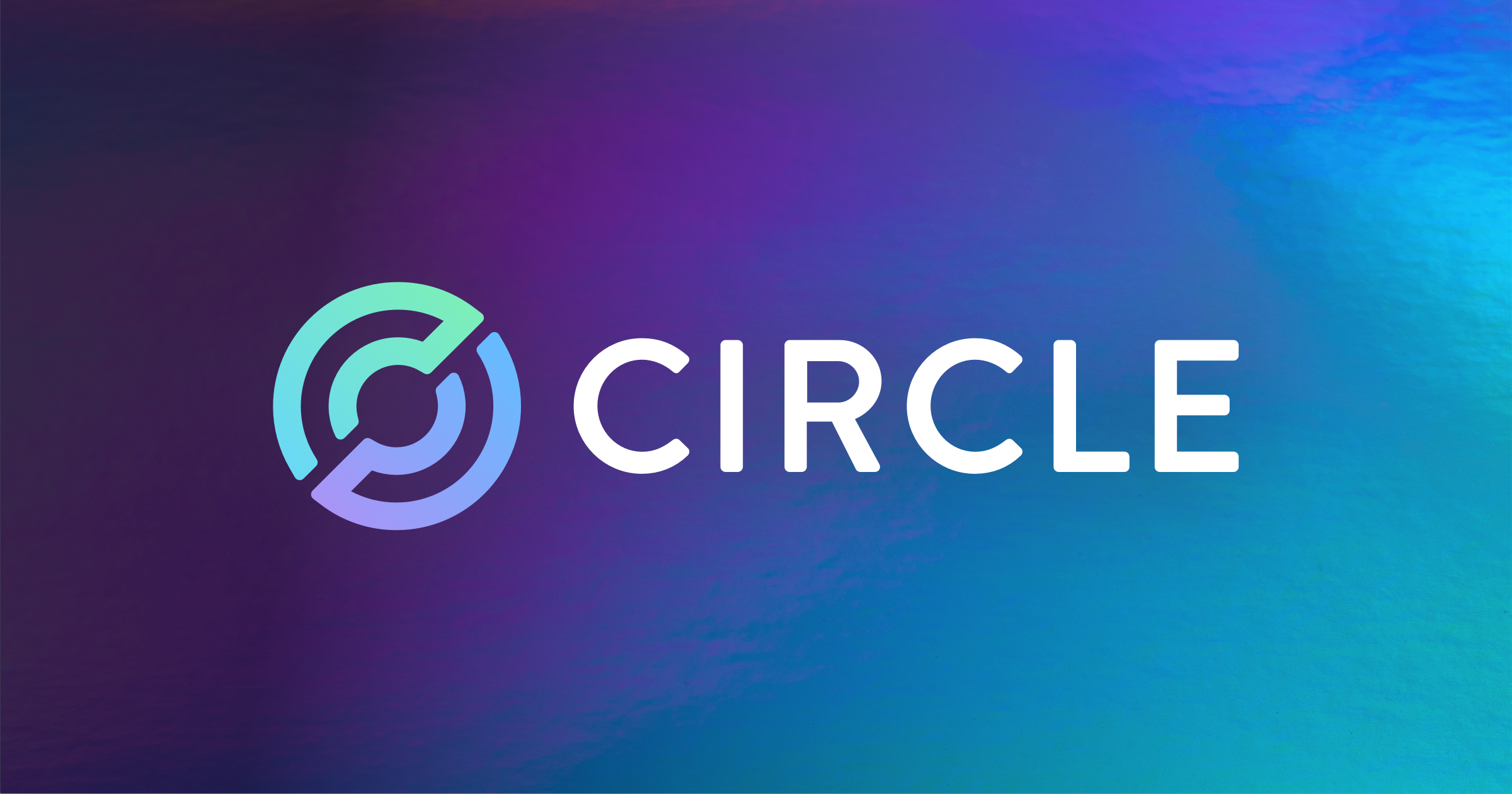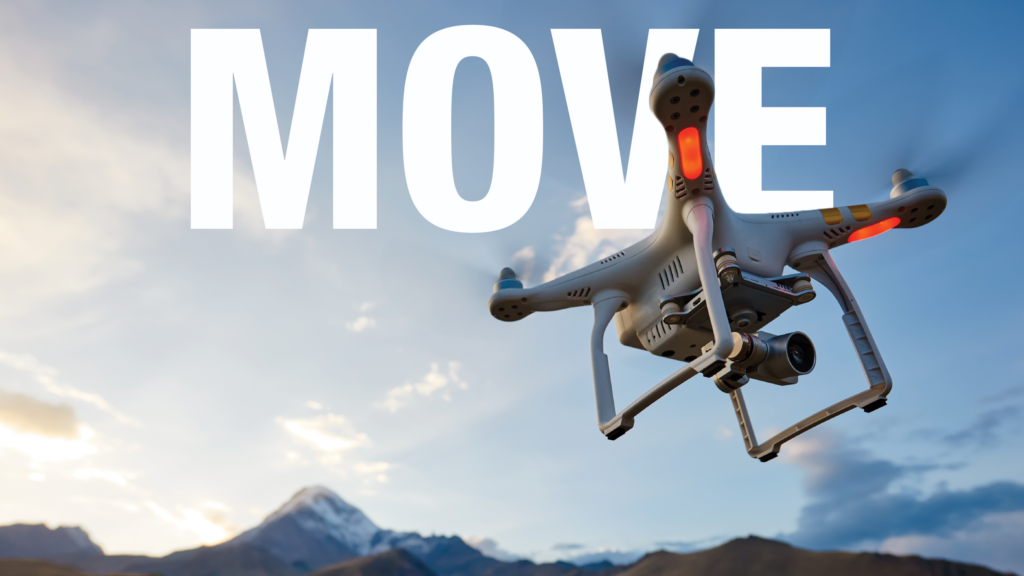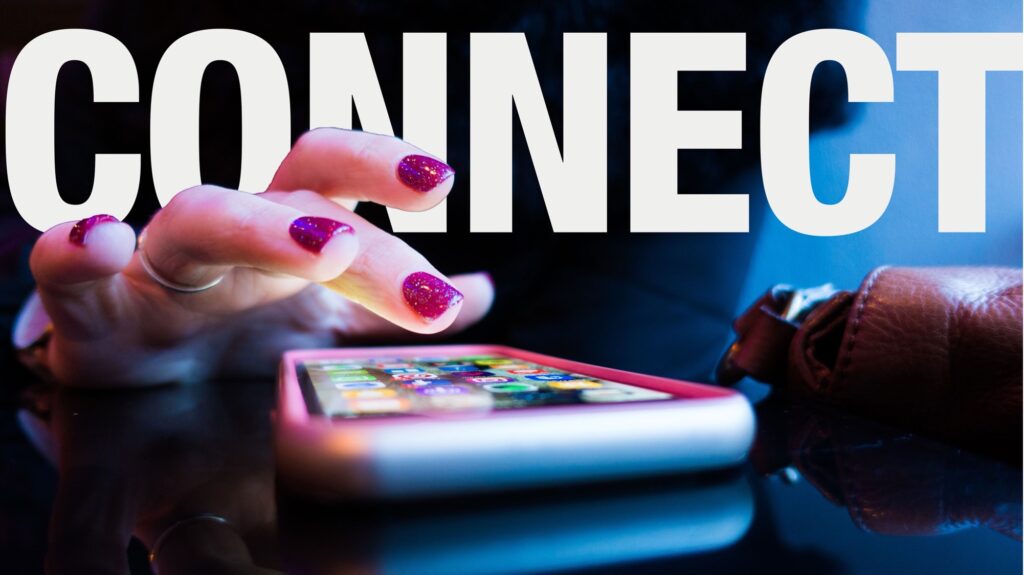Five Questions with Sherice Torres, CMO, Circle

Sherice Torres is the CMO of Circle, a global internet finance firm which provides payments and financial infrastructure to a variety of businesses. Sherice is an industry veteran and has over 25 years of experience working for technology brands, helping them to innovate and engage with customers. Across her career, Sherice has worked in various roles for companies including Nickelodeon, Comedy Central, MTV, Deloitte, Google and Meta.
Across all of the different brands that you’ve worked on over the years, how helpful is that notion of category when you think about the brand evolving competitive landscape? What factors are you considering there when you think about competition?
There are a few factors to consider. First, it is important to understand what the most dynamic competitors in your industry are doing. While you cannot define your own category, the strongest firms are those that look beyond their industry and follow trends in customer behavior.
Success in my career has come by looking at the adjacent spaces to a company’s focus. When I started with Nickelodeon, I worked on all our licensing and revenue management for video games. In the early 2000s, I noticed a competitor, Disney, had a thriving consumer electronics business for young children. In contrast, Nickelodeon didn’t have a product for this segment. Instead of mimicking Disney– producing a similar product to the popular Mickey Mouse phone which they were producing at the time – we decided to go further and build an entire brand of Nicktronics.
They were at their core functional, but also with a twist. Children wanted customized, personalized goods, and this principle was the foundation for the product line – to provide kids with something customizable that none of their friends had.
What I’m trying to emphasize is that it can be easy to say our competitors do X, we need to do Y. That’s how you stay even. But if you discover something unique about your brand, you can combine that unique value proposition with the core needs and desires of your customer to create something new.

There is a sense that we are using technology to fulfill a human need to connect. Does this hypothesis resonate with you, and is that something you’ve observed through the different places that you’ve been?
Definitely, and I think that is a universal truth of our industry. Lorraine Twohill, CMO of Google, has a saying – “Know the User. Know the magic. Connect the two.” Connection is the foundation of that distinctive Google marketing magic, and a key part of my own ethos when it comes to building brands. It all starts with knowing your customer.
I say this with no malice or judgment, but I think that people are inherently selfish. They don’t care about the beauty of your technology or how cool your product is. They want to know what’s in it for them. How will it solve their business problem? How will this product make their life easier, support their family, bring them joy?
Any marketing, regardless of the field that you’re in, needs to place connection as a key brand message, because it’s a core human need. It’s not just about connection, it goes back to that obsession with the customer. What are their biggest problems? How can your brand help to solve them? How can your brand make their lives easier? The best brands have a relentless focus on the customer.
Connection is the foundation of that distinctive Google marketing magic, and a key part of my own ethos when it comes to building brands. It all starts with knowing your customer.”
It is striking that Circle is following that message. How are you thinking about the evolution of the business and the brand and can you talk about what you’re planning?
Every great brand is customer focused, consistent and human. While I think the Circle brand has done a really strong job of talking about our mission and really defining what our products are, we still need to bring in that customer obsession. Switch the lens from a Circle-centric point of view – which is critically important for a startup – to be focused on the customer, their challenges and how Circle can help solve them. I think that’s point number one, shifting our perspective from Circle-focused to a customer-centric business model.
My second point is on building consistency, and this reflects my outlook as a letters and numbers marketeer. While I love the creative side, my point of view is based on my experience as a brand strategist. We need to have three core brand messages, identify the key audiences for each and be consistent in our messaging to each. We have rich, deep content right now on Circle’s mission, our products and what I like to call blockchain evangelism, or thought leadership around the future of money. Moving forward, we need to be even more simple, crisp, and customer-centric in our messaging to ensure that everyone understands what we’re doing and what’s in it for them.
Finally, I believe the greatest brands connect head and heart. Maya Angelou is a personal hero of mine, and she has a quote that roughly says: “people may forget what you did, they may forget what you said, but they’ll never forget how you made them feel.” I think the greatest brands successfully evoke an emotion, and connect to a core human need, whether that’s security, joy, or embracing possibilities. This is the biggest thing that I want to enhance in the Circle brand – I want to really elevate that sense of human connection, that sense of heart with our brand.

I think first mover advantage is always a great advantage, but its not necessarily about being first. It is more about being the best when meeting customer need.”
Are there any nuances that you make for a B2B audience with in all of that?
Even with a B2B audience, at the end of the day there are humans behind each decision. While the balance of head and heart may vary with a B2B vs. a B2C audience, that balance is still critically important… We need to demonstrate how Circle can help you meet your business goals, and underneath that we need to connect the heart, we need to connect the psychographics with the demographics of who these businesses are, what their goals are. So yes, I think the balance of head and heart is different for consumers.
What else do you see in this broad, emotional arena that is interesting, that is unmet, that is at the edge and you think oh there is opportunity here given your perspective on the technology space in particular?
I have always had a love-hate relationship with FOMO in the technology space. I think it can be a strong motivator and impetus in brand and advertising, but my personal bias is that it can only go so far, particularly when you’re in a B2B environment. You can engage people by eliciting FOMO. You want to be part of the next big thing, if it has clear value for your business. I think it is critical to emphasize connection again, I’m using the word connect to imply that we are trying to connect the dots for customers.
Why should you care, what’s in this for you and what’s real today? I think that there’s two pieces when you’re thinking about any Web 3 brand. There’s the thought leadership, future vision of all that can be, which is critically important and in the DNA of any Web 3 company, Circle included. And then there is the here and now – what is true today. Here’s where we can directly add value to your firm and how we can help you achieve your goals today. I think that surfing that polarity between thought leadership, vision of the future, and what’s real today is critically important. You have to balance both so that you can move from the leading edge or early adopters into the next phase of scale. This is what we’re building towards. I think that’s the biggest challenge in technology and some firms lean too far in either direction, and as a result they’re either left behind or can feel like vaporware.

I think the greatest brands successfully evoke an emotion, and connect to a core human need, whether that’s security, joy, or embracing possibilities.”
And do you think first mover advantage is critical there?
I think first mover advantage is always a great advantage, but it’s not necessarily about being first. It is more about being the best when meeting customer needs. First movers often channel the beauty of the technology. Indeed, as a marketer, or a brand builder, without the engineers and product folks to build it, we have nothing to sell. So, there is a beauty and I respect that. I think the firms who win are the ones with that customer obsession, that customer focus where it’s about solving customer problems, not just the beauty of their technology.



